In today’s fast-paced work environment, diversity and inclusion have taken centre stage, and among these, disability inclusion is a crucial aspect that deserves our full attention. Ensuring that people with disabilities have equal opportunities enriches our workplace culture, sparks innovation, and boosts productivity. In this edition, we’ll explore the essential resources and tools for disability inclusion and self-advocacy, providing a comprehensive guide for both organizations and individuals. Let’s dive in together!
The Importance of Disability Inclusion
Disability inclusion involves creating an environment where individuals with disabilities can fully participate and thrive. This goes beyond mere compliance with legal requirements; it fosters a culture of acceptance, accessibility, and empowerment. Inclusive workplaces benefit from diverse perspectives, enhanced problem-solving abilities, and a broader talent pool.
Key Resources for Disability Inclusion
In the pursuit of creating a more inclusive society, it is crucial to recognize and address the needs of individuals with disabilities. Access to key resources plays a significant role in promoting disability inclusion across various spheres of life. These resources encompass a wide range of tools, services, and support systems designed to empower people with disabilities and ensure their full participation in society. By identifying and leveraging these key resources, we can take meaningful steps toward fostering a more equitable and accessible world for all.
1. Legal Frameworks and Guidelines
Understanding the legal landscape is the first step toward effective disability inclusion. Key legislations such as the Americans with Disabilities Act (ADA) in the United States, the Equality Act in the UK, the Accessible Canada Act in Canada, and similar laws worldwide provide a foundation for protecting the rights of individuals with disabilities. These laws mandate reasonable accommodations and prohibit discrimination, ensuring that workplaces are accessible and inclusive.
2. Accessibility Standards and Tools
Implementing accessibility standards is crucial for creating an inclusive environment. The Web Content Accessibility Guidelines (WCAG) offer comprehensive criteria for making digital content accessible to individuals with disabilities. Tools like screen readers (e.g., JAWS, NVDA) and speech recognition software (e.g., Dragon NaturallySpeaking) enable individuals with visual and mobility impairments to navigate digital spaces efficiently.
3. Assistive Technologies
Assistive technologies are instrumental in empowering individuals with disabilities. These include various devices and software designed to enhance communication, mobility, and daily functioning. Examples include:
- Hearing Aids and Cochlear Implants: For individuals with hearing impairments.
- Wheelchairs and Mobility Scooters: Enhancing mobility for those with physical disabilities.
- Text-to-Speech and Speech-to-Text Software: Facilitating communication for individuals with speech or language impairments.
4. Inclusive Communication Practices
Effective communication is at the heart of disability inclusion. Organizations should adopt inclusive communication practices such as:
- Using Plain Language: Making information accessible to individuals with cognitive disabilities.
- Providing Multiple (or Alternate) Formats: Ensuring that materials are available in braille, large print, and audio formats.
- Utilizing Sign Language Interpreters: For meetings and events involving individuals with hearing impairments.
Tools for Self-Advocacy
Self-advocacy is empowering individuals with disabilities to speak up for their needs and rights. Here are essential tools and strategies for effective self-advocacy:
1. Educational Resources
Knowledge is power. Access to educational resources enables individuals with disabilities to understand their rights and the accommodations available to them. Websites like the Disability Rights Education and Defence Fund (DREDF) and national advocacy organizations provide valuable information and support.
2. Support Networks and Communities
Connecting with others who share similar experiences can be incredibly empowering. Support networks and communities, both online and offline, offer a platform for sharing advice, resources, and encouragement. Organizations like the National Federation of the Blind and the Autistic Self Advocacy Network provide such platforms.
3. Personal Development Workshops
Workshops and training sessions focused on personal development and self-advocacy skills can significantly enhance an individual’s ability to advocate for themselves. These sessions often cover topics such as effective communication, negotiation skills, and understanding one’s legal rights.
4. Assistive Apps and Devices
Various apps and devices can aid in self-advocacy. For instance, note-taking apps (e.g.Evernote,OneNote) can help individuals organize their thoughts and prepare for discussions about their needs. Additionally, wearable devices that monitor health conditions can provide critical data to support accommodation requests.
Strategies for Organizations
Organizations play a crucial role in facilitating disability inclusion and supporting self-advocacy. Here are some strategies to consider:
1. Inclusive Hiring Practices
Implementing inclusive hiring practices ensures that individuals with disabilities have equal opportunities to join the workforce. This includes providing accessible application processes, offering internships and apprenticeships for individuals with disabilities, and partnering with disability-focused recruitment agencies.
2. Employee Resource Groups (ERGs)
Establishing an ERG for employees with disabilities provides a platform for mutual support and advocacy within the organization. These groups can also serve as advisory bodies, offering insights into improving workplace accessibility and inclusion.
3. Regular Training and Sensitization
Regular training sessions on disability awareness and inclusion for all employees can foster a more inclusive culture. Sensitization programs help reduce stigma and educate staff about the importance of accommodations and support.
4. Feedback Mechanisms
Creating feedback mechanisms allows employees with disabilities to share their experiences and suggest improvements. This can include anonymous surveys, suggestion boxes, and regular check-ins with HR or dedicated inclusion officers.
Conclusion
Disability inclusion and self-advocacy are fundamental to creating a diverse, equitable, and innovative workplace. The journey toward disability inclusion and self-advocacy is multifaceted, requiring continuous education, advocacy, and empowerment. By leveraging the available resources and tools, organizations can ensure that individuals with disabilities are included and empowered to succeed. Let us harness the power of these resources to create a world where disability inclusion is not just a goal but a reality for all.

